INGROWN TAIL
Bulldogs still suffer from ingrown tail diseases all too often. Despite the changes implemented to the standard, in which it is considered a "very serious defect", still today we see some bulldogs that present it and this is due to the fact that for years no one has ever looked at the tail in the selection activity. Even if for some years the breeders who make selection have considered the queue as a priority, they are still reaping the fruits of the "non-selection" made in the past years. To explain in simple words what an ingrown tail is, just give a small example: put your thumb and ring forefinger passing under your dog's tail, if you can, your bulldog's tail is not ingrown. In general, ingrown tails always have some problems that can be of varying severity: from the simple need for local daily cleaning and disinfection, to the need for periodic courses of antibiotics and systemic anti-inflammatories, to the most serious case which involves surgery for the tail amputation. Local antibacterials are recommended for daily cleaning (chlorhexidine is the most used, but also washing with betadine germicidal soap); Sometimes local application of an anti-inflammatory is necessary, such as Gentalyn beta, which has a small percentage of cortisone (to be applied only in the absence of skin lesions / ulcerations). The discomfort caused by the ingrown tail is manifested by local itching: the bulldog tries to scratch himself, whirling around and trying to rub his back on the floor.
Read more by clicking on the images or categories below
- All
- Dermatology
- Eye Pathologies
- Prophylaxis and Vaccines
- Bulldog Breathing
- Reproduction
- Various
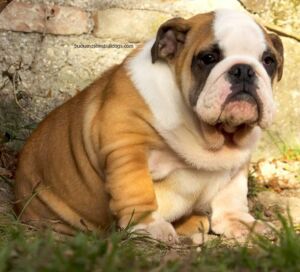
LAMENESS

OTITIS

HIP DYSPLASIA

INGROWN TAIL

SWIMMING PUPPY SYNDROME

CHONDROPROTECTED

OTOHEMATOMA
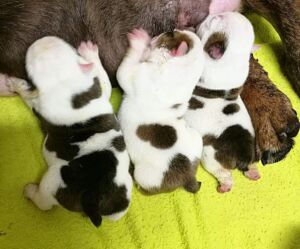
PYOMETRA

MONORCHIDISM AND CRYPTORCHIDISM

HYSTERIC PREGNANCY
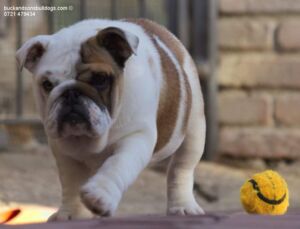
HEAT AND FALSE HEAT

PROLAPSE OF THE URETHRA
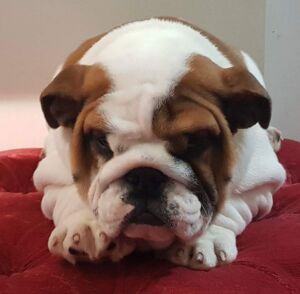
DISTICHIASI
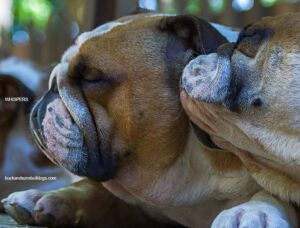
ENTROPION

HYPERTROPHY OF THE GLAND OF THE THIRD PALPEBRA (CHERRY EYE)

HEAT STROKE

WHY DOES THE BULLDOG BREATHE BAD?

LEPTOSPIROSIS

VACCINAL PROPHYLAXIS

LEISHMANIOSIS
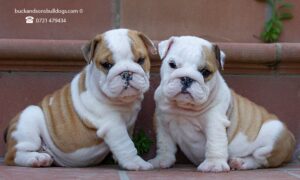
PHILARIOSIS

ATOPIC ALLERGY

PIODERMITE
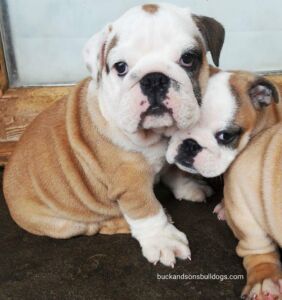
INTERDIGITAL CYSTS

PODODERMATITIS

ACNE
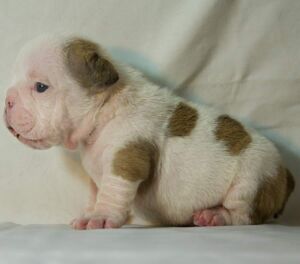
CYCLIC ALOPECIA OF THE FLANK

DEMODECTIC MANGE
